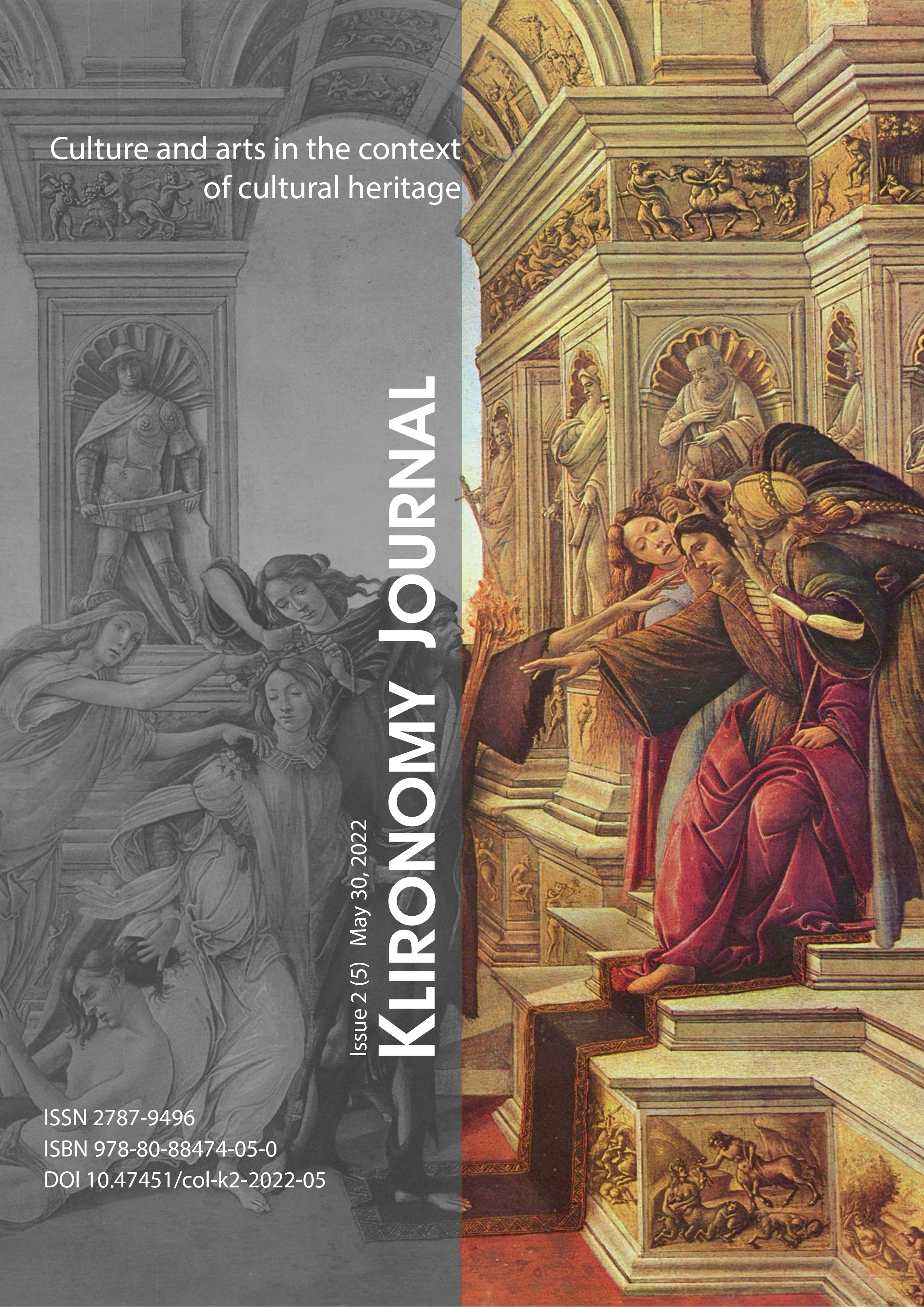Documentary Scientific Heritage – Actual Contextual Representation
DOI:
https://doi.org/10.47451/her2022-05-02Keywords:
heritage, historical and cultural heritage, scientific documentary heritage, document, actualisation, social and cultural competenceAbstract
The report analyses the process of the heritage model formation as the choice of different generations of different parts of it. The field of scientific knowledge is considered as a set of systematised objective knowledge accumulated by mankind. The role of science is considered, in which rational, i.e., reasonable, true, reliable knowledge of people about the environment and themselves is concentrated, which is intersubjective, can be shared and translated by people in communicative processes. The significance of cultural heritage, including scientific, is also evaluated, which for new generation is only illustrative information that is not related to current life and requires updating, i.e., rational development in order to be used in solving vital tasks for an individual. The problem of reliable and objective interpretation of historical events and circumstances of scientists’ activities reflected in the submitted documents, letters, diaries, notes, photographs, etc. is revealed.
Downloads
References
Bogatov, V. V., & Urmina, I. A. (2020). Academician Komarov and his time (to the 150th anniversary of the birth of Academician V.L. Komarov). Vladivostok: Dalnauka. (In Russ.)
Gavrilova, A. A. (2017). Metatext elements in a scientific text. Saratov: SSEI PRUE named after G.V. Plekhanov. (In Russ.)
Hassan, I., & Hassan, S. (Eds.). (1983). Ideas of cultural change. Innovation/Renovation. New Perspectives on the Humanities. Madison.
Kuchmaeva, I. K. (2006). Social patterns and mechanisms of cultural inheritance. Moscow: GASK. (In Russ.)
Lotman, Y. M. (1973). Semiotics of cinema and problems of cinema aesthetics. Tallinn: Eesti Raamat. (In Russ.)
Levi-Strauss, C. (1994). Untamed thought / Primitive thinking. Moscow: Republic. (In Russ.)
Naisbit, J. (2003). Megatrends. Moscow: AST. (In Russ.)
Petrov, M. K. (2004). Language, sign, culture. Moscow: Editorial URSS. (In Russ.)
Selezneva, E. N. (2006). Cultural heritage in the context of macro-historical dynamics. Observatory of Culture: journal-review, 5, 4-11. (In Russ.)
Shapinskaya, E. N. (2016). Culture in the Era of “numbers”: transformation of cultural forms and aesthetic values. International Magazine “Media. Information. Communication”, 19. (In Russ.). http://mic.org.ru/vyp/19-nomer-2016/kultura-v-epokhu-tsifry-transformatsiya-kulturnykh-form-i-esteticheskikh-tsennostey
Urmina, I. A. (2018). Actualization of the documentary scientific heritage in museum and exhibition activities. Collection based on the results of the conference “Documentary Heritage of Russia: Problems of Theory and Practice. To the 100th Anniversary of the State Archival Service of Russia: Proceedings of the Scientific and Practical Conference”, 54-60. Moscow. Archive of the Russian Academy of Sciences. (In Russ.)
Published
Issue
Section
License
Copyright (c) 2025 Klironomy

This work is licensed under a Creative Commons Attribution 4.0 International License.
The Klironomy is an open access journal. Articles are available free of charge as PDF files on the website of the European Institute for Innovation Development. PDF files can be previewed with Acrobat Reader from www.adobe.com.
All articles of the Klironomy are published under a Creative Commons Attribution 4.0 Generic (CC BY 4.0) International license.
According to the Creative Commons Attribution 4.0 Generic (CC BY 4.0) International license, the users are free to Share — copy and redistribute the material in any medium or format for any purpose, even commercially (the licensor cannot revoke these freedoms as long as you follow the license terms).
Under the following terms:
- Attribution — You must give appropriate credit, provide a link to the license, and indicate if changes were made. You may do so in any reasonable manner, but not in any way that suggests the licensor endorses you or your use.
- No additional restrictions — You may not apply legal terms or technological measures that legally restrict others from doing anything the license permits.





